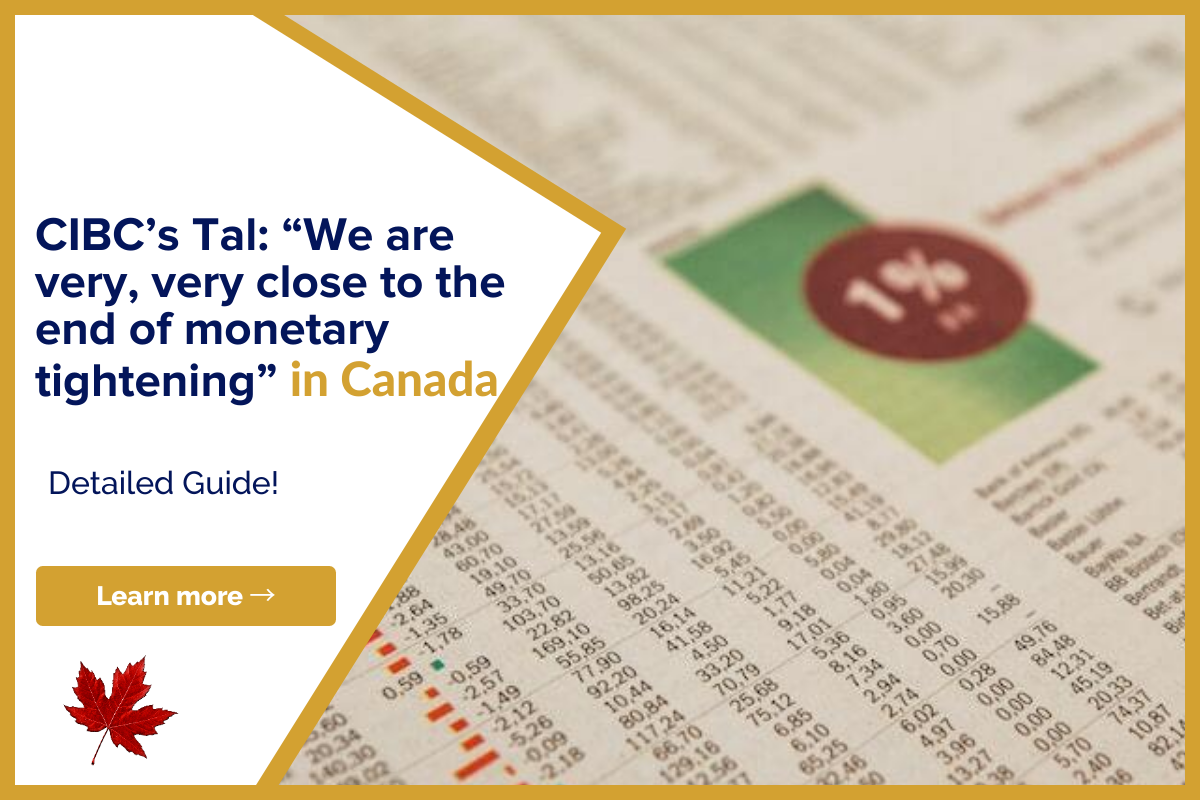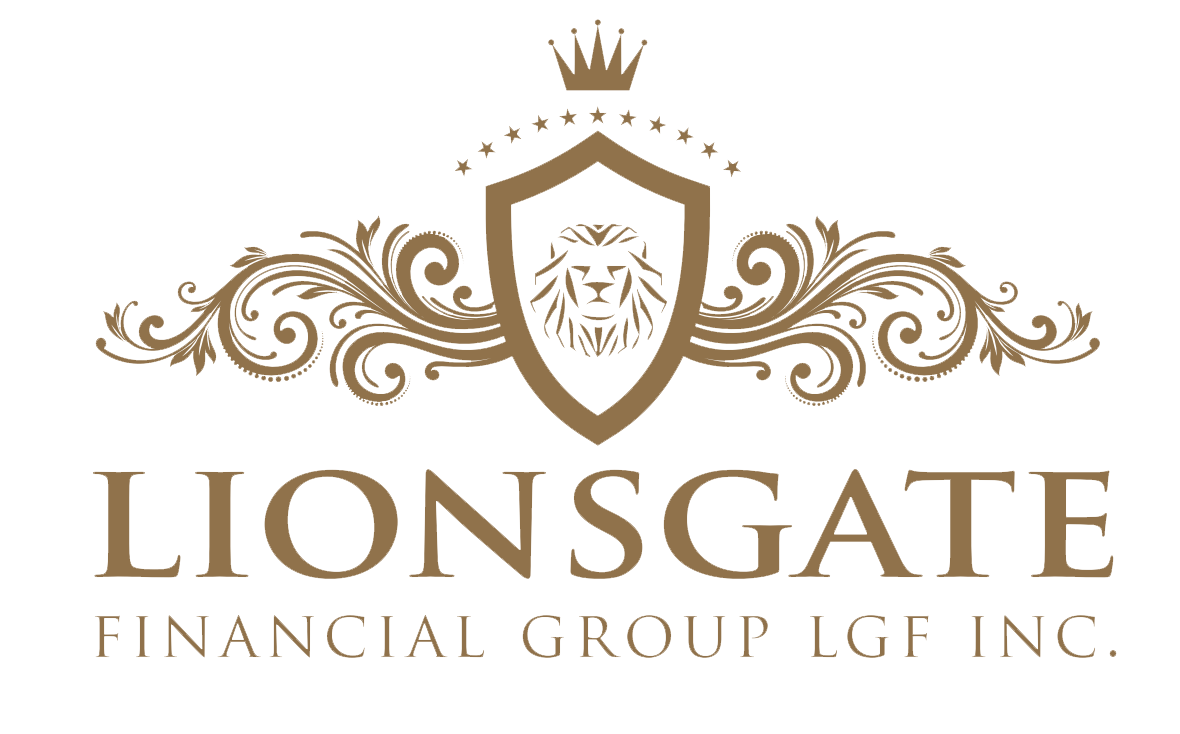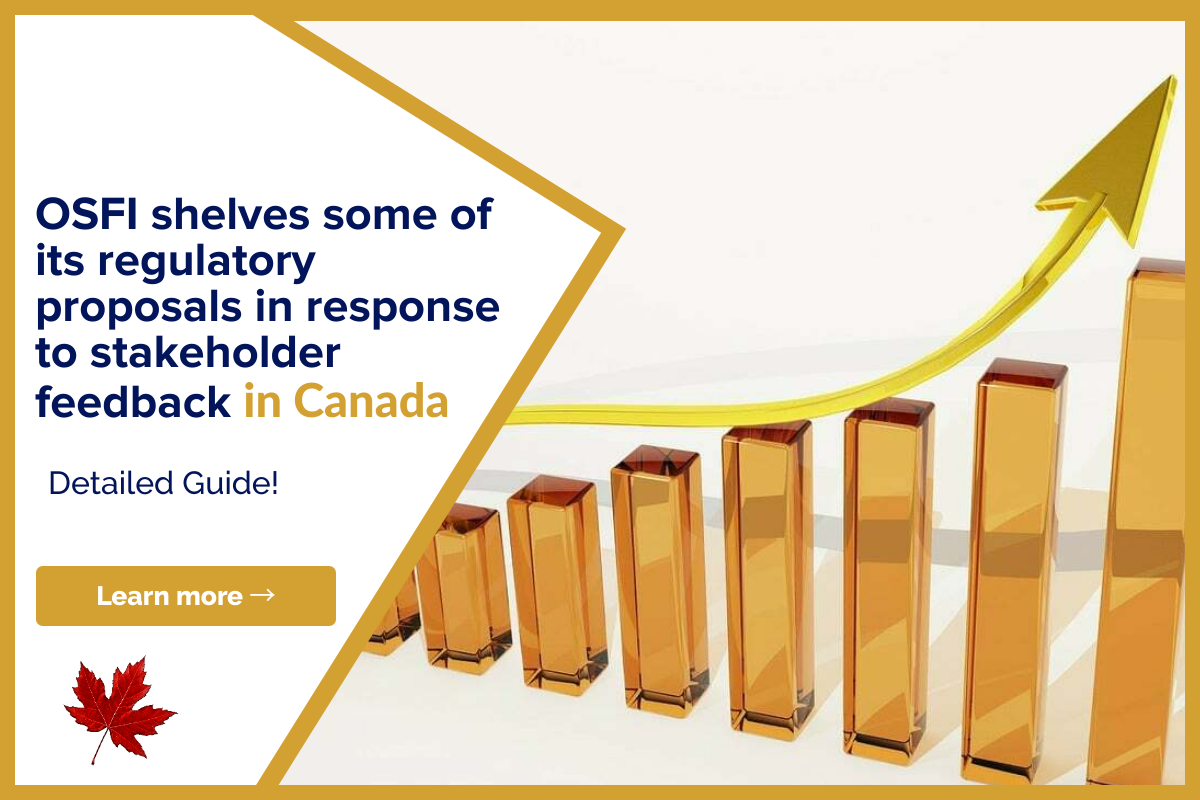During the early days of the mortgage business, brokers would require a lot of paperwork…

CIBC’s Tal: “We are very, very close to the end of monetary tightening”
CIBC deputy chief economist Benjamin Tal said that while we are very close to the end of Bank of Canada rate hikes–or maybe already there–the biggest question is when the Bank will be cutting rates.
On that front, he believes the Bank of Canada won’t begin to cut its overnight benchmark rate until the summer of next year.
Financial analysts have predicted rate cuts in both Canada and the U.S. since early 2023, but the Bank of Canada has yet to oblige. While it held rates steady between January and April, it hiked in June and July, and could potentially hike again at the Bank’s meeting next week.
“If the Bank of Canada doesn’t cut interest rates, it’s not going to be pretty, to put it mildly,” Tal told attendees of the 2023 National Mortgage Conference in Toronto.
Tal said he expects the overnight target rate, currently at 5.00%, will eventually drop back to around 3%.
Tal struck a largely upbeat tone throughout his appraisal of Canada’s economy and where it might be headed.
Having a benchmark rate as low as 0.25% during the pandemic was a mispricing of the value of loans, he said, adding that an overnight rate of 3% is more along the lines of historical norms.
However, Tal said mortgage brokers can still bring in plenty of business in a higher-rate environment. Plus, he added, persistent demand combined with a lack of adequate housing supply means Canadians will remain very interested in real estate even with higher interest rates.
“This market is eager,” he said. “This market is waiting for certainty.”
The Bank of Canada is not AI
In Tal’s view, that market certainty that the rate-hike cycle is finally over is at odds with the Bank of Canada’s inflation-busting strategy. If the Bank of Canada was run by AI, he said it would have stopped hiking rates around the 4.5% mark.
However, Tal said the Bank of Canada isn’t a machine: it is run by human bankers with human worries and biases. Ultimately, the Bank of Canada is biased towards continuing to raise rates and potentially trigger a recession than allowing inflation to remain anywhere above 2%.
That means the Bank of Canada is overshooting, or taking a more strict stance on inflation than it needs to. While it may have plenty of economic data at its disposal to make a decision, Tal points out that inflation is a lagging indicator. In other words, it tells economists about economic conditions in the past, not the future.
Ultimately, Tal believes the Bank of Canada is feeling its way through its inflationary battle. If Governor Tiff Macklem were brought up on stage and asked whether or not the bank would raise rates on Oct. 25, Tal doesn’t think he would have an answer.
“They don’t know,” Tal said. “They are still trying to figure it out.”
Consumer buffers are gone
Meanwhile, Tal said, many of the buffers protecting consumers from the worst of the Bank of Canada’s interest rate hikes–like $165 billion in extra savings held by Canadians during the height of the COVID-19 pandemic–are no longer there.
As such, consumers are turning to credit cards and loans to cover their lack of savings. Either they are simply not spending at all, or they are diverting money to GICs–an illiquid asset that locks up money for extended periods of time.
To make matters worse, declining interest rates don’t mean prices automatically decline, Tal said. It simply means the rate of inflation is slower than it previously was. “The price of food is in the sky,” he said. “The Bank of Canada doesn’t care–not because they are bad guys, but because they don’t care about the level of prices…inflation is the rate of change, it’s not the level.”
Therefore, consumers are far less able to withstand the shock of higher interest rates. “The buffer that protected the consumer is no longer there,” Tal said. Add to that the relatively short-term nature of mortgage renewals in Canada–five years, rather than the 30-year period commonly seen in the United States–and the Bank of Canada becomes a very powerful player in the financial lives of average Canadians.
The mortgage interest cost paradox
Tal also touched on how the Bank of Canada’s use of elevated interest rates to tackle inflation is leading to higher mortgage interest payments–and a paradox. One of the largest contributors in the consumer price index’s calculation of inflation today is mortgage interest payments. Thanks to rate hikes, he says, they’ve risen about 30% year-over-year.
But Tal doesn’t believe these higher payments are contributing to inflation. In fact, he said, the opposite is happening. “They are disinflationary,” he said. “They are hurting us. They are hurting the consumer.”
In fact, Tal said, removing mortgage interest payments from the consumer price index’s calculations leaves Canada’s inflation rate right at the Bank of Canada’s target of 2% annual inflation.
Regardless of how mortgage interest is calculated, Tal believes there is light at the end of the monetary policy tunnel. Although analysts have predicted rate cuts since January, Tal believes–whether there is one rate hike left or not–that we are very near the peak of this current rate-hike cycle.
“We are very, very close to the end of monetary tightening,” he said.




